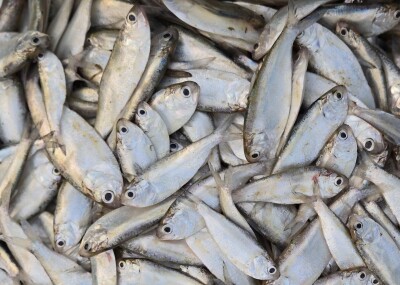Common ground(fish)
The groundfish catch shares program was implemented in New England in the spring of 2010, with the start of the new season on May 1. It began on the West coast the next year, and is being explored as an option for the Gulf of Alaska.
NOAA has declared both East and West coast programs a success. But this is far from the truth, unless success is declared universally upon implementation and regardless of the effect the program has on the community to which it is applied. Studies comparing catch shares to other modern management programs show that they are not more effective at protecting the resource. So all things being equal, we should make it a priority to build quota programs that protect fishing communities.
The West Coast catch share program was eight years in the making. The investment of time in structuring this plan shows in its outcome (though it's not a fairy tale). Read Senior Editor Linc Bedrosian's article on the West Coast trawl fleet on page 26.
The bottom line for most New England groundfish fishermen is that days-at-sea management was not working, but neither is catch shares the way it was written. They simply want a program that will enable their businesses to keep running when the models say some stocks are down. For more on a New England fisherman's point of view, read Assistant Editor Melissa Wood's at-sea article on NF Highliner and New England Fishery Management Council member David Goethel on page 22.
Some say you would not hear so many complaints about the program if the total allowable catch were higher. That's quite possibly true. A very few people are making plenty of money in Bering Sea crab, but those who lost their jobs in that fishery are still not happy about it. The voices of the displaced are indeed louder when there is no happy chorus to override them. A healthy survey would make for fewer complaints about the Northeast program, but its drawbacks would not cease to exist.
Catch shares were implemented with the sweeping promise that good management itself would make for a healthy fishery. The opposite has proven to be true in New England. Let's not fool ourselves that we can manage our way into oceanwide abundance. What goes up must come down. And when it's up, something else will inevitably be down. When we interject false imperatives into an ecosystem, we hamper the natural inclination of that biomass to manage itself. There is no such thing as an ecosystem in perfect balance. Nature is a force of constant change.
Just look, for example, at spiny dogfish. We once believed, based on best available data, that this population was so severely overfished that it could not be brought back to a healthy state for at least 20 years. I even talked to a renowned chef here in Maine who believes this to be true, the severity of the status of dogfish was so widely broadcast. What we learned was that we knew practically nothing about this species — including how to sample it — and it was rebuilt in less than five years and has since become a nuisance. (For more information, see "A native invasive" on page 27.)
If we are going to manage fisheries — not just fish — then we should aim for the health of the resource as well as the health of the fleets, their infrastructure and the communities from which they are based.
- Jessica Hathaway






